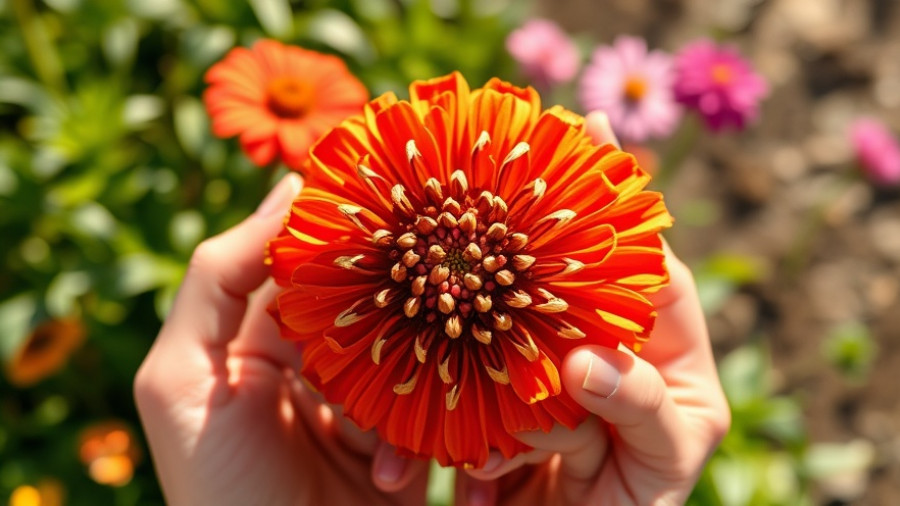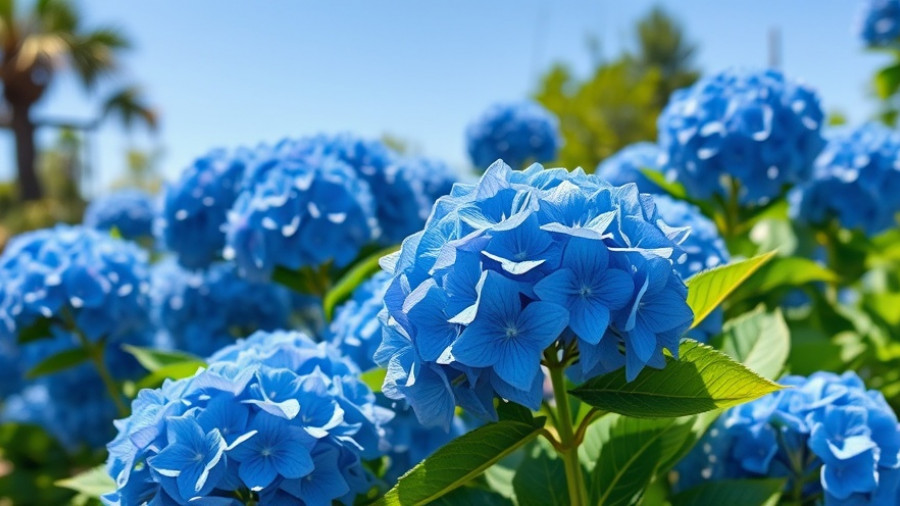
Why Bearded Irises Are a Garden Must-Have
Bearded irises are not just beautiful; they're also a fantastic addition to outdoor spaces for several reasons. These low-maintenance perennials bring bursts of color and architectural flair to the garden, making them a favorite among gardeners. With many varieties available, the ruffled petals in colors ranging from pure white to deep purple add a stunning visual to any landscape.
Timing Is Everything for Planting Bearded Irises
When it comes to planting bearded iris rhizomes, timing can significantly influence blooming success. The best window for planting these versatile plants is late summer to early fall. During this period, the conditions are ideal for root establishment, which is crucial for producing gorgeous blooms in the spring.
Planning for Different Climates
Your planting timeframe may vary depending on your climate zone. In warmer regions, late fall may be appropriate, while cooler climates can begin planting earlier in the fall. The key is to plant when the soil is warm but the air is beginning to cool down. This helps you avoid stressing young rhizomes and gives them the best chance to thrive.
Best Practices for Planting Irises
Preparing the soil is vital for bearded irises to flourish. They thrive in well-drained soils, so consider amending your planting area with compost to improve drainage and fertility.
- Soil Temperature: Ideal soil temperatures for planting rhizomes are between 65 to 70°F.
- Spacing: When planting, space rhizomes at least 12-18 inches apart to allow for growth and air circulation.
- Sunlight: Ensure your irises receive full sun for optimal blooming.
Tips for Maintaining Bearded Irises
After your bearded irises are planted, they require little maintenance. Once established, they are drought-tolerant, eliminating worries about daily watering. However, mulching can be helpful, protecting the roots and maintaining soil moisture during dry spells.
Transform Your Space with Beautiful Blooms
The majestic blooms of bearded irises make them a perfect centerpiece for any flower bed layout. Not only do they beautify your garden, but planting them at the right time can also lead to a spectacular backyard transformation in the spring. Consider enhancing your outdoor living space further by integrating eco-friendly yard care practices or organic mulching tips. You can create a stunning atmosphere by pairing these flowers with other building elements like patio spaces or fire pit designs.
Planting for Everyone: Accessibility and Enjoyment
As a versatile plant, bearded irises cater to various gardeners—from seasoned horticulturists to those just starting. Their resilience in different environments makes them an ideal first flower for new gardeners, offering both ease of care and impressive visuals.
If you wish to elevate your garden this season and enjoy the beauty of bearded irises, now is the perfect time to start planning. Implement these seasonal planting guide tips so you can look forward to vibrant blooms next spring. Create a flourishing space that dazzles and invites everyone to enjoy the beauty of nature!
 Add Row
Add Row  Add
Add 




Write A Comment